Header image courtesy of @CDiazPhoto
Ultra-distance gravel event riders seem to be a different breed to mere mortals, riding incredible distances in short periods of time and surviving on tiny levels of sleep, unimaginable to ‘normal’ riders. But is there a point where the safety of riders is being overlooked in the pursuit of ever greater challenges? When he took part in this year’s Across Andes, Mark Livesey was pushed to his absolute limit and wonders whether the spirit of gravel is being lost somewhere out there in the wilderness?
Bending over to fix the second puncture I’ve had in the last 20 minutes, the rain blows under my jacket and the chill rises through from my legs towards my core. I curse repeatedly and fumble about with cold, sore hands wondering how I am going to fix this one without the use of my sodden electric pump. I’ve ridden 540 km in 30 hours with only one hour sleep and minimal stop time. Of those 30 hours, it has been raining for at least 24 and I have barely seen any of the Patagonian landscape around me. Now, faced with this new problem, my fatigued brain and frigid body are struggling to come up with solutions. I am feeling increasingly overwhelmed by my situation and I have long since stopped enjoying the rough, corrugated gravel riding that has characterised the majority of the last 130km. Three riders pass by me going in the opposite direction and say nothing to me. Their ignorance makes me feel even more isolated, irritated and uncertain, the lack of camaraderie fuelling my anger and discomfort. I make a snap decision that I will scratch and angrily call my wife, Caroline, to tell her I cannot keep going, that I quit, that I’m done. But as anyone who has done ultra endurance events will bare testament to, making big decisions when you are sleep deprived, cold and wet is never a good idea.
“It has been raining for at least 24 hours and I have barely seen any of the Patagonian landscape around me.”
Across Andes is a 1000km ultra gravel race in Chile. Now in its 5th year, the race changes regions along the Andes mountains every two years with previous start points as diverse as Santiago and Melipueco. The 2023 version in Patagonia gained a reputation for being tough both for the poor gravel conditions and because of the cold, wet weather conditions. But despite this, the race conjures up images of mystical mountains and beautiful landscapes and captures the imagination of riders and dot-watchers alike. Images of the 2023 event certainly captivated me, and having visited Chilean Patagonia twice in the past, it was a race that quickly went on my bucket list. I prepared for the worst, (even designing my own poncho system keep out any torrential rain) but I secretly hoped for the best. Patagonia can deliver fantastic weather on occasion and you never know, right!?
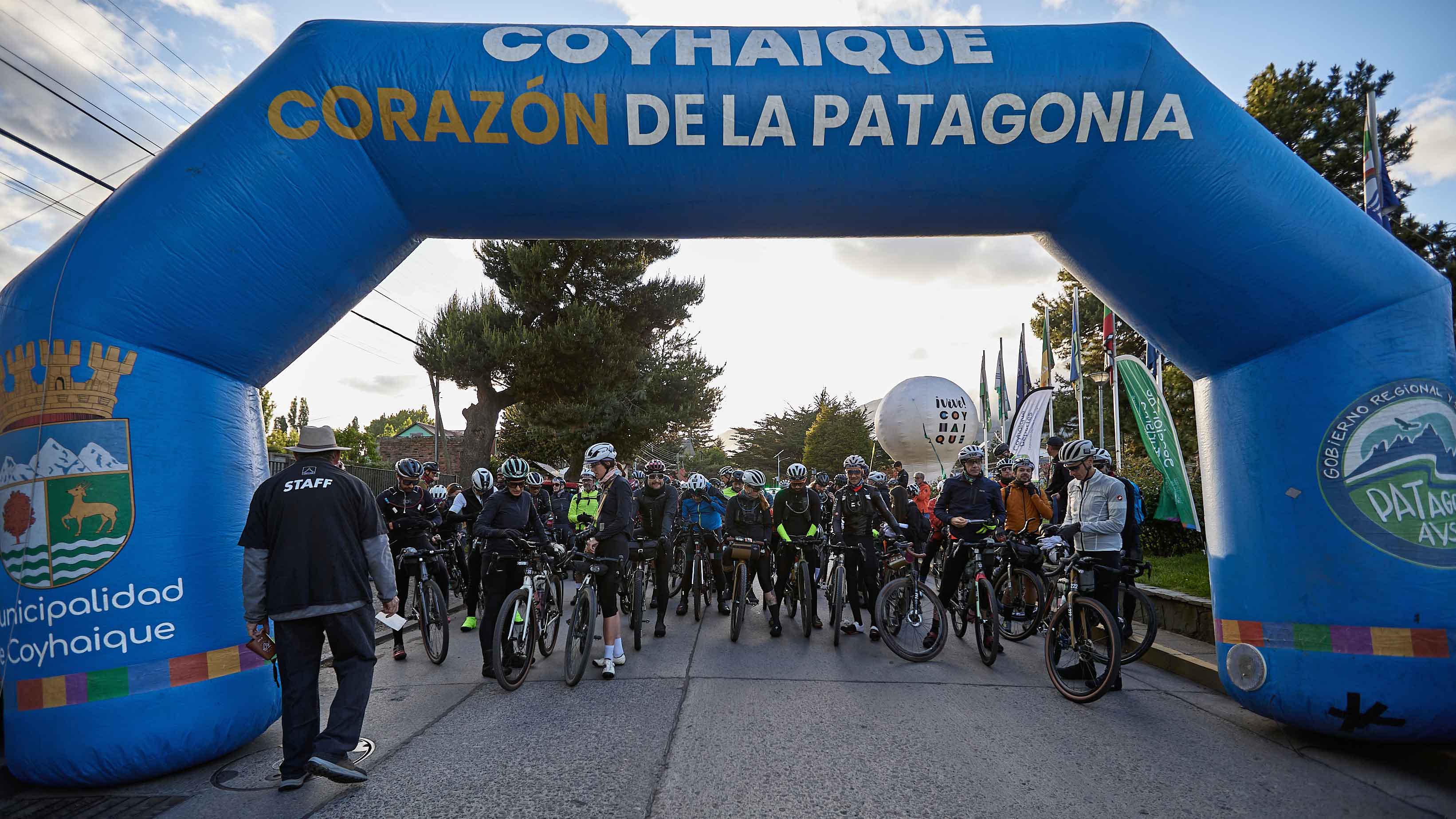
Image courtesy of @CDiazPhoto
In 2024, centred in the town of Coyhaique in the Aysen region, the course was not a point-to-point. Instead, it took riders on a loop which led into a T shaped series of out-and-backs. I have never been a fan of out-and-back riding, but as I studied the course prior to the race I realised that there are limited options in the region. Stocking up on food and water and finding shelter at night can be a real challenge. La Junta, the “T-junction” town on the route (visited three times in total on the route), is the biggest village in the area North of Coyhaique. It has hotel and cabana options as well as restaurants and shops. These things become crucial when Patagonia delivers its worst and probably dictated the route selection for the organisers. It becomes a bit of a hub during the race as riders filter through each day over the course of the week.

Images courtesy of @Caroline Livesey and @CDiazPhoto
As thoughts of quitting filled my mind, I limped towards La Junta (for the second time) nursing my barely holding puncture and set in motion a plan to get myself back to the finish point ASAP. Fortunately, events conspired against me (or perhaps the universe had a plan). I discovered that the next bus was not until the following morning and as no one was going to drive a 12 hour round trip from Coyhaique to collect me, I had to stay a night in La Junta. As I sat in a café getting warm and dry, and eating my weight in pizza and searching for a hotel, I reflected on my decision. I am good at suffering and I felt strong on my bike, so I wondered just what had caused this sudden and certain decision.
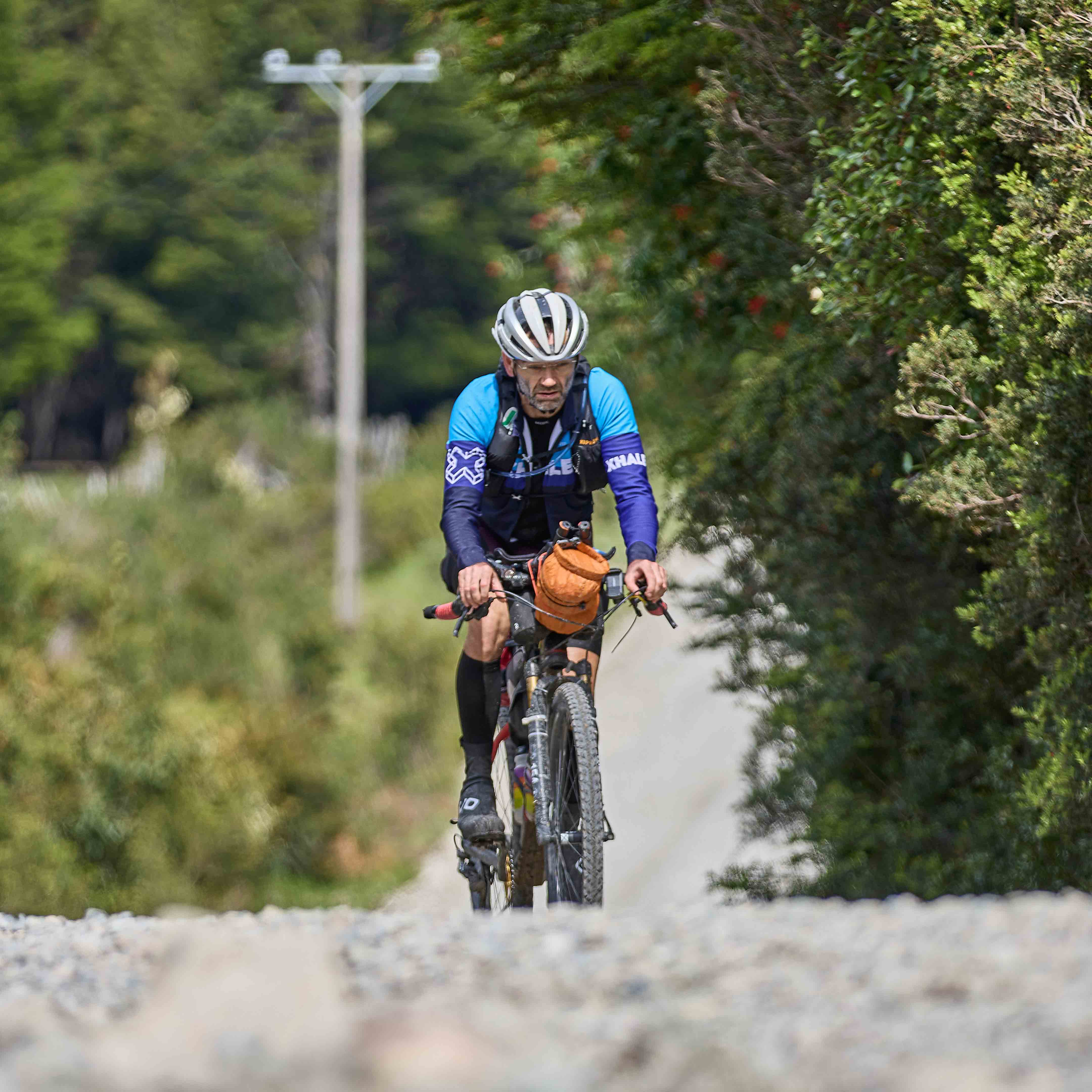
Image courtesy of @CDiazPhoto
I realised that my anger had mostly stemmed from the lack of solidarity with other riders I had felt while I was out in the wilderness. I had ridden the 8-day Transcordilleras (Colombia) in February, where the feeling of being part of something together pervaded the group. There were keen rivalries amongst riders, but there was also a lot of time to chat and enjoy company and companionship. Helping other riders in difficulty was expected. In fact, we had a small reunion before Across Andes, four of us sharing stories from Colombia and enjoying the fact we would all be out together on this new challenge. At other gravel races I had also experienced this companionship and at Across Andes I had met some great characters pre-race.
"When three riders had passed me without a comment at the side of the road, far out in the wilderness in horrible weather conditions, I was shocked.”
This article is certainly not meant as a personal attack on any rider or the race organiser, but I do want to generate discussion. So far out on the route riders had been hesitant to strike up conversations and rarely responded when greeted. When those three riders had passed me without a comment at the side of the road, far out in the wilderness in horrible weather conditions, I was shocked. I always stop for another rider who needs help, no matter the circumstances. Situations can very quickly unravel for riders stranded in the cold and wet without shelter and with a broken bike or body. Perhaps I understand that more than most with my outdoor instructor experience and military background. But the lack of interaction had left me angry, feeling isolated and exposed. I strongly believe that there are discussions that need to happen in our niche part of the cycling community so that this feature of some events does not become pervasive in the sport.
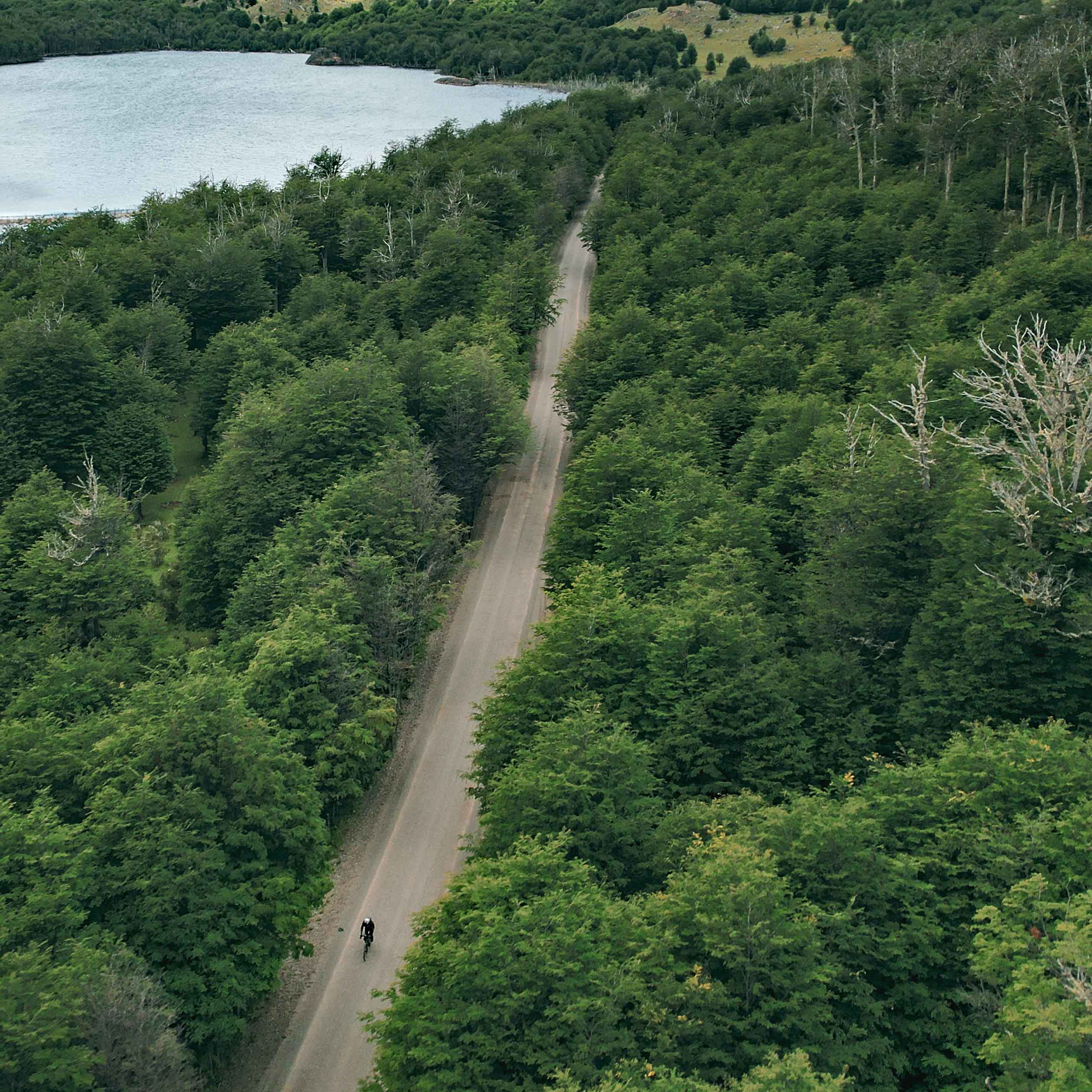
Image courtesy of @relieveco.cc
In the café in La Junta a few other cyclists came in, (one a friend from Transcordilleras) and I enjoyed a little interaction with them, finding comfort in these exchanges. I then rode to a hotel and spent a few hours getting all my kit washed and dry, mending the puncture and altering my bike position to take some pressure off my shoulders. These mechanical tasks calmed me and I video called friends, starting to understand the scale of what I had already achieved here in this horrendous weather. I realised that I couldn’t let go of that and that I had to finish what I had started, no matter what speed. I had a good sleep, a hearty late morning breakfast and set out to tackle the second leg of the T shaped route before I would come back through La Junta and start the 300 km route back to the finish in Coyhaique. The sun was out, it was warmer, the landscape was breathtaking and the gravel a lot better. My spirits lifted and I began to enjoy the riding again. When the sun shines in Patagonia there really is no place like it.
"The rules for the ultra-cycling community (which in my opinion are somewhat arbitrary) have permeated into gravel-ultra races, creating what I consider to be pointlessly unsafe race environments."
The section of the course I was on at this time was deep in the Patagonian wilds, not a road well-travelled. Certainly not somewhere you could expect to thumb a lift if things went horribly wrong. I realised that gravel cycling and ultradistance self-supported races (which are often mostly on road) have in recent years started to converge and rules for the ultra-cycling community (which in my opinion are somewhat arbitrary) have permeated into gravel-ultra races, creating what I consider to be pointlessly unsafe race environments, which I think needs to be addressed. Unsupported races like Transcontinental (mostly on-road) are notoriously harsh on riders. For example, Lost Dot issued penalties to 90% of those who raced the TCR in 2022. In some cases, helping another rider in distress can leave both riders disqualified. I believe these incidents (and rules) have filtered down into the minds of gravel ultra cyclists, perhaps making them fearful to stop and check on fellow riders.
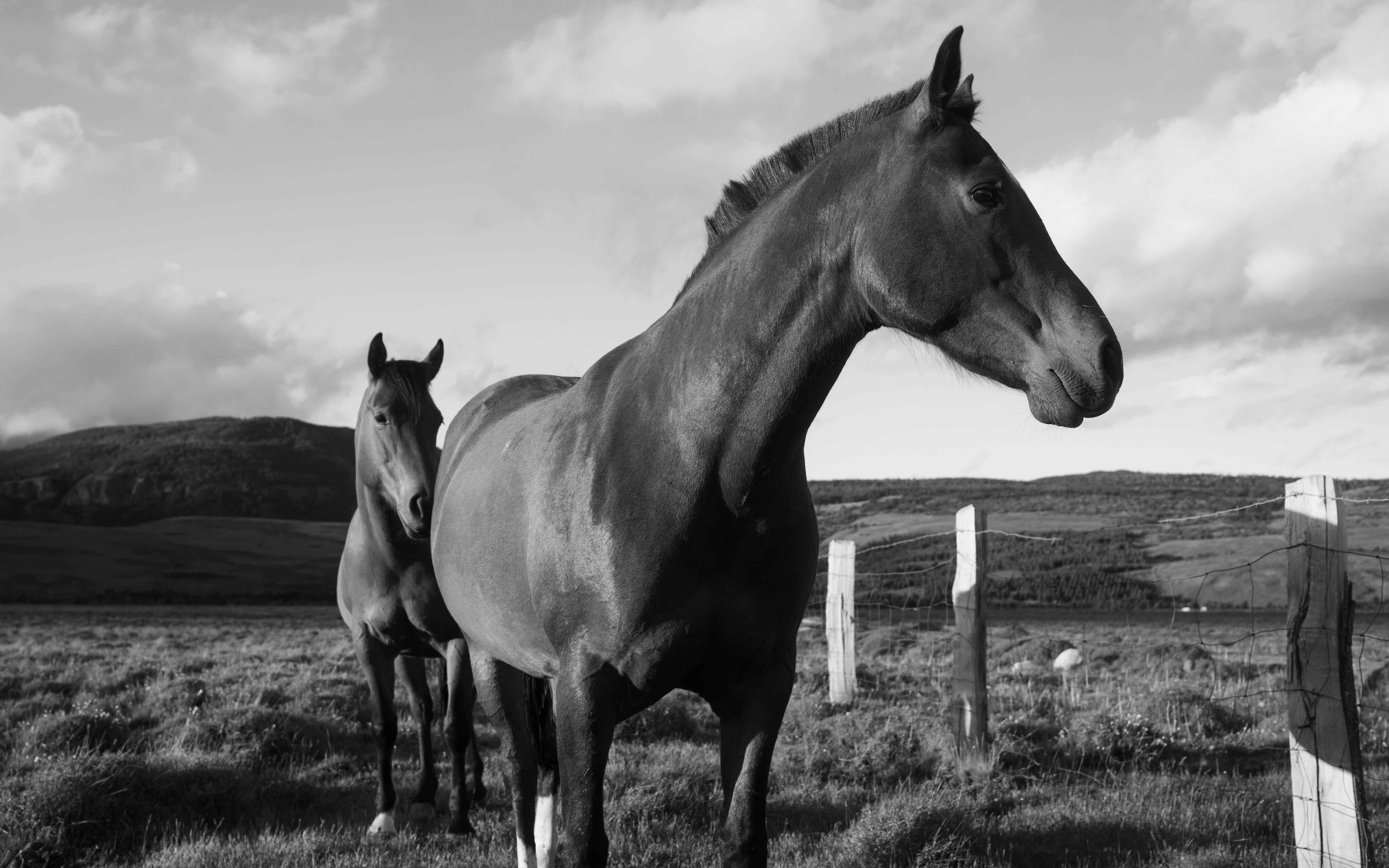
Image courtesy of @relieveco.cc
“I believe other race organisers should consider which of these rules and conditions makes their race the most enjoyable and safe in any given environment.”
On the contrary, one of the reasons gravel cycling is booming in popularity is because the “spirit of gravel” encourages fun, adventure, camaraderie and shared experiences. Helping other riders who have a fall or mechanical issue is not only encouraged in gravel racing, but in some races, it is expected. The Traka (one of Europe’s biggest gravel events) for example states in their rules that you may receive a penalty for NOT assisting another rider. This fantastic event has defined their own rules, not constraining themselves with existing rules in ultra-distance riding. The organisers provide riders on the longer distance course with somewhere to sleep, mechanical support and an opportunity to collect a bag they have pre-dropped. I believe other race organisers should consider which of these rules and conditions makes their race the most enjoyable and safe in any given environment. Perhaps this would allow ultra gravel races to more accurately reflect the spirit of gravel. It should never be encouraged that riders leave each other stranded when they are off road in the wilderness in cold and wet conditions.
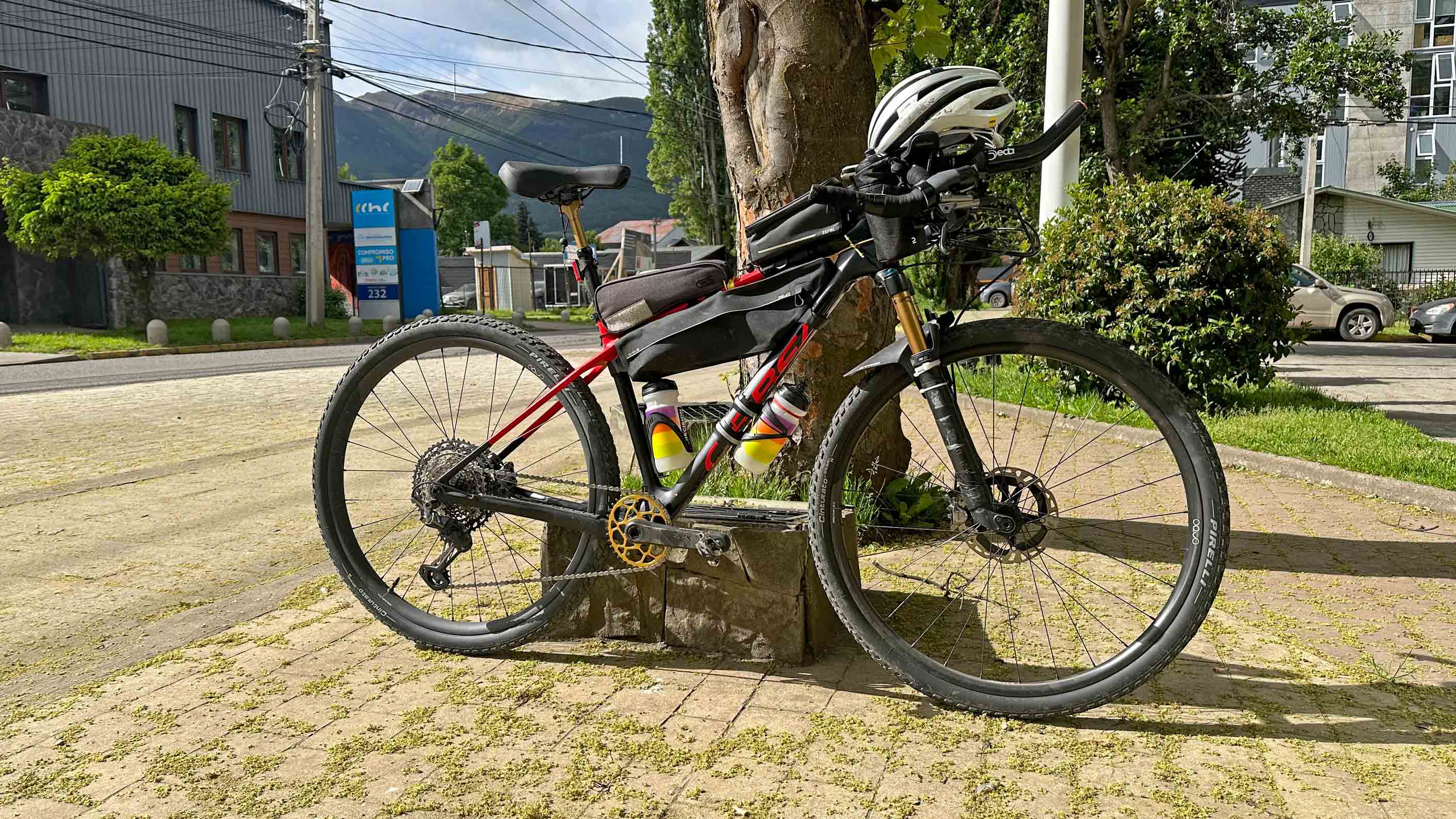
Image courtesy of @Caroline Livesey
Late Tuesday evening, around 60 hours into the Across Andes event, I found myself slogging up Cuesta Queulat in the rain. With the out-and-back nature of the route, I had already descended this notorious beast of a climb in the dark on the first night of the event, so I had some idea what to expect. The light was starting to drop and while I was riding well, I was desperate to get over it and into the next village before everything shut for the night. I desperately wanted somewhere warm and dry to sleep. But the loose gravel had other ideas and it was an eventful climb. I initially came across another rider limping on foot up the climb with a knee injury and despite his protests (he told me not to interrupt my own race) I stopped to check on him and then give him painkillers so he would be able to ride again. Shortly after there was a shocking reminder of the dangers of riding this climb at night. I came around a corner to see a detached rear axle of a lorry abandoned. Next, I saw the trailer that had belonged to it on its side, with two dead cows inside. I was soon riding through a herd of shell shocked and terrified cows who had clearly just survived an RTA. It appeared no humans were hurt (police were there) so I continued pushing on.
“The experience I had with local kindness in this village was a highlight of the race and will always stay with me.”
Coming into Villa Amengual it was already gone 11pm and I was preparing myself to have to sleep in a bus shelter. I was lucky, and the experience I had with local kindness in this village was a highlight of the race and will always stay with me. Knocking on a wooden cabin with an “Abierto” sign and holding my breath, I finally heard footsteps come to the door. As it opened, a big man filled the doorway which led to a brightly lit hallway behind. Despite the hour, he and his wife welcomed me into their home and gave me a comfortable room for the night. They could not have been more hospitable, showering me with kindness, food and warmth. After 4 hours sleep, I left early the next morning with a smile on my face, ready to tackle the final 140 kms.
Image courtesy of @CDIAZPHOTO
Image courtesy of @alkima.audiovisual
Image courtesy of @alkima.audiovisual
It is amazing how different it is to ride when you have enjoyed even a short period of rest, which brings me to my last point. With my military background, the impacts of sleep deprivation are well known to me. But a simple search online will also tell you all you need to know. It is not just the brain fog, low mood, emotional reactions, loss of appetite and poor decision making which most non-stop ultra cyclists will recognise. These are risks that those entering such events usually understand, expect, and have their own ways of managing. However, I am not sure the long-term impacts of extended periods of time (48+ hours) without sleep done multiple times a year are well understood in our community. The health implications for the brain can be severe. That is quite apart from the immediate risks cyclists take in the moment. A microsleep while descending at 40 kph+ on loose gravel could result in a serious crash and I would question if anyone can cycle for 46+ hours (the winner’s time at Across Andes) without microsleeps or at the very least impaired concentration. And it is undeniable that being fully alert while riding a bike, on or off road, is essential to stay safe. To tackle this, I believe race organisers should apply mandatory stops and encourage riders to sleep as much as possible in the time that they are stopped. I believe we can still push the boundaries of what is possible without it becoming a test of who values their health the least or who has access to the best stimulants.
“Despite relief at finishing, in that moment I struggled to articulate anything positive about the experience I had just had.”
After 76 hours, I finally made it to the finish line in Coyhaique in 15th position. Despite relief at finishing, in that moment I struggled to articulate anything positive about the experience I had just had. The truly magical moments on my bike, surrounded by incredible landscapes and the warmth of being welcomed by the local people were eclipsed by the anger and bewilderment I felt at being ignored by some riders on the course. On reflection, I am so glad I lived through the whole race, continuing despite having almost given up. It was a valuable journey for me, and one that has shaped not only my approach to bikepacking races, but also made me aware of the discussions that I believe need to happen in this gravel and ultra-cycling community. Chilean Patagonia is a truly magical place, and I enjoyed some fantastic times with friends there, on and off the bike.
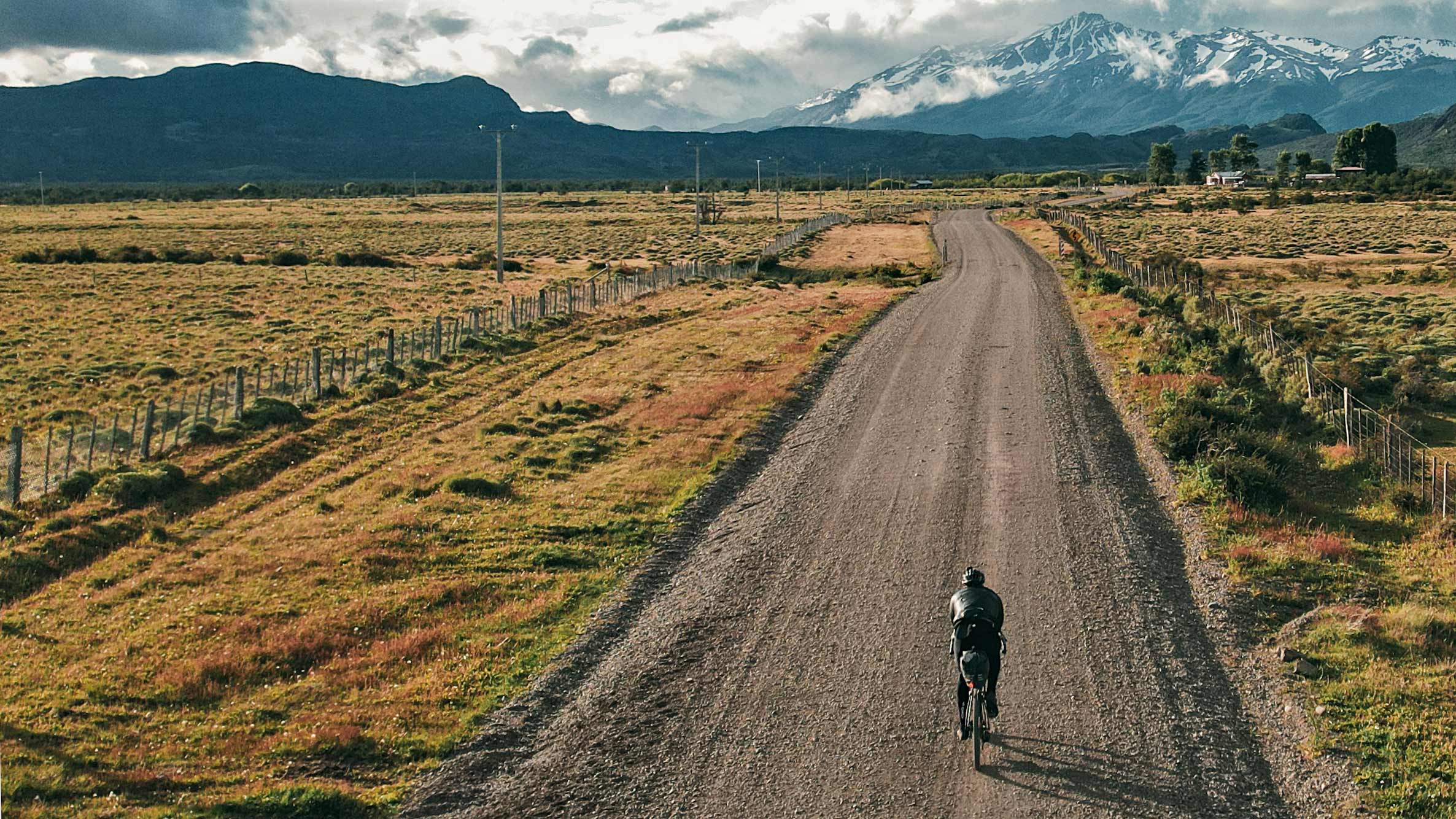
Image courtesy of @alkima.audiovisual
The Across Andes race organisers have the riders’ best interests at heart and they work tirelessly to put on this event in such a remote corner of the world. These discussions are not unique to this event and I hope that by speaking out about my experiences there that we can open the door for safer and more enjoyable ultra gravel cycling events in the future.